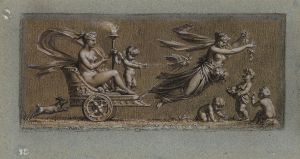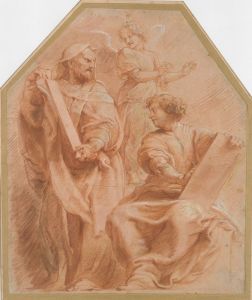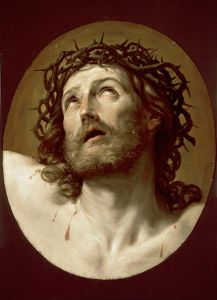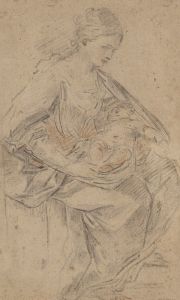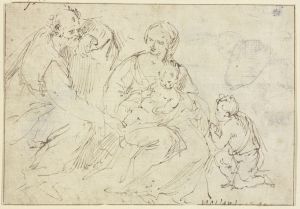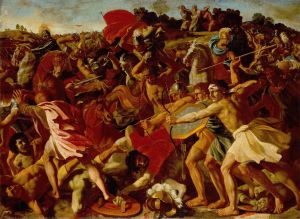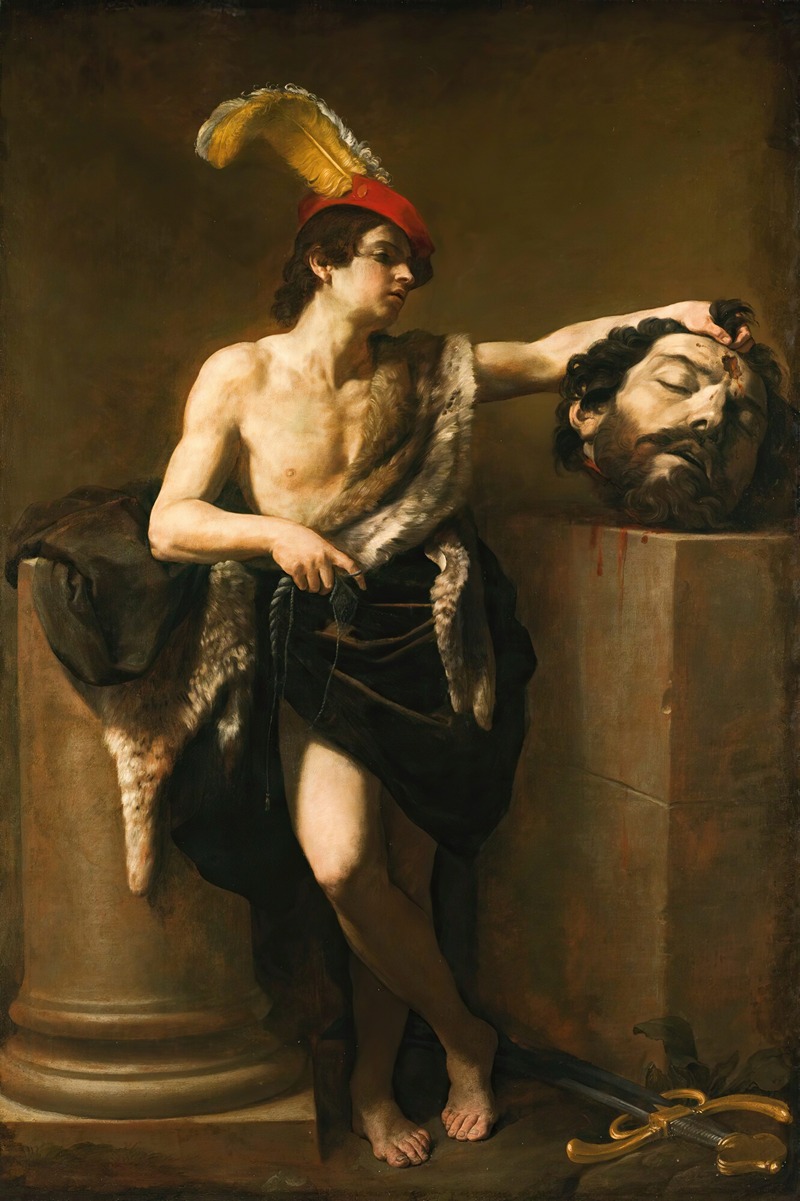
David With The Head Of Goliath
A hand-painted replica of Guido Reni’s masterpiece David With The Head Of Goliath, meticulously crafted by professional artists to capture the true essence of the original. Each piece is created with museum-quality canvas and rare mineral pigments, carefully painted by experienced artists with delicate brushstrokes and rich, layered colors to perfectly recreate the texture of the original artwork. Unlike machine-printed reproductions, this hand-painted version brings the painting to life, infused with the artist’s emotions and skill in every stroke. Whether for personal collection or home decoration, it instantly elevates the artistic atmosphere of any space.
Guido Reni's "David with the Head of Goliath" is a notable example of Baroque painting, created by the Italian artist Guido Reni in the early 17th century. Reni, born in Bologna in 1575, was a prominent painter of the Baroque period, known for his graceful and refined style. His works often depicted religious and mythological themes, characterized by their clarity, elegance, and use of light.
"David with the Head of Goliath" portrays the biblical story of David, a young shepherd who defeats the giant Goliath with a single stone from his sling. This narrative, found in the Old Testament, has been a popular subject in art due to its dramatic and moral implications. Reni's interpretation captures the moment after David's victory, as he holds the severed head of Goliath, symbolizing triumph over seemingly insurmountable odds.
In this painting, Reni employs a composition that highlights the contrast between the youthful, almost serene appearance of David and the gruesome, lifeless head of Goliath. The use of chiaroscuro, a technique that plays with light and shadow, is evident in the way Reni illuminates David's face and body, drawing the viewer's attention to the hero's calm demeanor and divine favor. The background is typically dark, a common feature in Baroque art, which serves to enhance the dramatic effect and focus on the central figures.
Reni's style is marked by its classical influence, reflecting the ideals of beauty and harmony. His depiction of David is idealized, with smooth, delicate features and a composed expression, embodying the virtues of courage and faith. This approach aligns with the Baroque era's emphasis on emotional engagement and the portrayal of spiritual themes through visually compelling means.
The painting is also notable for its attention to detail, particularly in the rendering of textures, such as the soft fabric of David's clothing and the rough, lifelike appearance of Goliath's head. Reni's skillful brushwork and use of color contribute to the overall impact of the piece, making it a striking representation of this biblical tale.
"David with the Head of Goliath" is housed in the Louvre Museum in Paris, where it is part of the extensive collection of European paintings. The work is an excellent example of Reni's artistic prowess and his ability to convey complex narratives through a harmonious blend of realism and idealism. It remains a significant piece within the context of Baroque art, illustrating the period's fascination with dramatic storytelling and the exploration of human emotion and divine intervention.
Overall, Guido Reni's "David with the Head of Goliath" stands as a testament to the enduring appeal of biblical stories in art and the skill of an artist who could bring such tales to life with grace and power.







